Diabetes is a common disease in cats that can lead to many other health problems. Fortunately, there are ways to treat diabetes in cats. An important part of this treatment includes feeding a proper diet. Diabetic cat food is typically low in carbohydrates and high in protein to help control blood sugar levels. Choosing the right type of food can make a significant difference in managing your cat’s condition and preventing complications.
Diabetes in Cats
Diabetes mellitus is an endocrine disorder that occurs when a cat's blood glucose (sugar) level remains too high and the pancreas is unable to excrete enough insulin to regulate blood glucose. Veterinarians often use insulin to manage diabetes in cats. Alternate or additional treatment methods are sometimes used, including diet change. With the right dietary management, diabetes may even be reversible in some cats.
Feeding Diabetic Cats
Cats are obligate carnivores, meaning they must eat animal products in order to survive and thrive. Their bodies are designed to digest animal protein and fat, not plant-based ingredients. Cats do not need vegetables or grains in their diets. In fact, these ingredients in excess can be problematic, especially if they are high in carbohydrates.
Unfortunately, many commercial cat foods are too high in carbohydrates for cats and can contribute to problems like obesity and diabetes. All cats can benefit from low-carbohydrate diets, but they are especially important for diabetic cats.
Best Foods for Cats With Diabetes
When choosing a diet for your diabetic cat, it's best to choose wet foods that typically come in cans or pouches. Wet foods are lower in carbohydrates than dry foods and contain more water than kibble. Cats need water in their diets for hydration and urinary tract health because they often don't drink enough water on their own. If you are having trouble getting your kibble-addicted cat to eat wet food, you will need to take time to transition your cat to wet food.
When searching for the right commercial wet food, pay close attention to the content of carbohydrates, fat, and protein. The diet should have as few carbohydrates as possible. It should mainly consist of animal-based protein and fats. About 50% or more of the calories in your cat's diet should come from animal-based protein and 20 to 40% should come from fat. Calories from carbohydrates should be less than 10%, but lower is always better.
Be aware that not all wet cat food is the same. Wet foods with a lot of gravy may contain a lot of sugar. Although cats cannot really taste the sweetness, they can still become addicted to it. Many cat owners notice their cats love gravy-based wet foods more than pate wet foods.
Feline nutrition expert Lisa A. Pierson, DVM of CatInfo.org has created a very useful website with advice about feeding diabetic cats. The site includes a detailed and useful cat food composition chart that lists the contents of many commercial wet cat foods.
The following list includes some of the many optimum wet foods for cats with diabetes:
- 9Lives: Pate varieties only
- Dave's
- Evo
- Evolve
- Fancy Feast: Stick with chunky, classic, flaked, and roasted varieties; avoid gravy lovers, marinated, medleys, and sliced varieties as they are higher in carbohydrates.
- Freshpet: Found in the pet food aisle in a refrigerated case
- Friskies: Choose the pate or flakes varieties; avoid other varieties as they contain too many carbs
- Halo: Avoid "Spot's Stew," but other varieties are low in carbs
- Holistic Select
- I and Love and You: Most varieties are low in carbs; consult nutrition information first
- Iams: Most varieties are low in carbs; consult nutrition information first
- Meow Mix: Pate varieties are low in carbs
- Nature's Variety
- Newman's Own
- Nulo
- Pinnacle
- ProPlan: Prime Plus and True Nature varieties are low-carb/high-protein; avoid other varieties
- Sheba: Pate varieties only
- Tiki Cat: All varieties contain very few or no carbs
- Triumph
- Wellness: Complete Health line is low in carbs; many other varieties are too high in carbs, so consult nutrition information first
- Weruva/BFF: Many varieties are low in carbs; consult nutrition information first
- Wysong
Homemade Diets for Diabetic Cats
If you want to prepare a homemade diet for your cat, it is essential that you work with your veterinarian or a Board Certified Veterinary Nutritionist to help you find a recipe that is complete and balanced.
Some owners are interested in raw diets for cats, but it's important to discuss this with your vet as well. Raw diets come with some risks and must still be formulated to ensure they are complete and balanced.

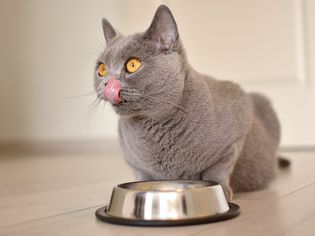
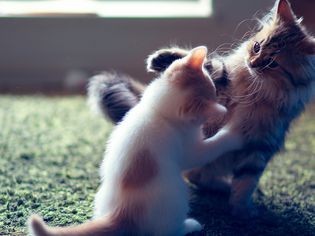
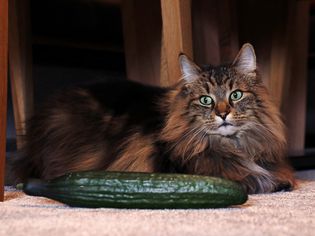
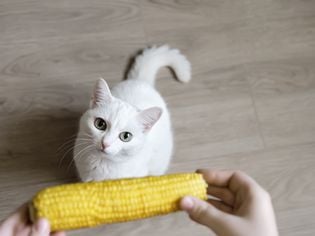
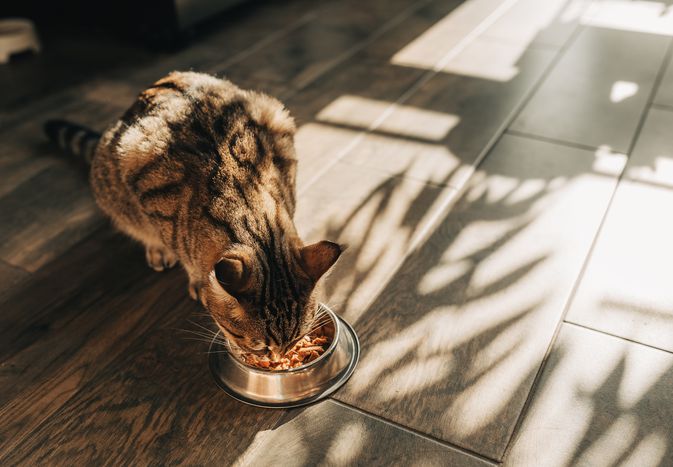
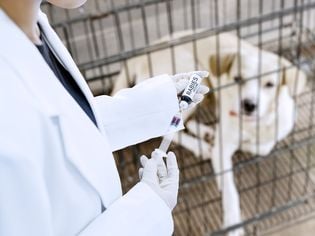
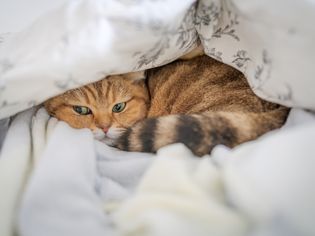
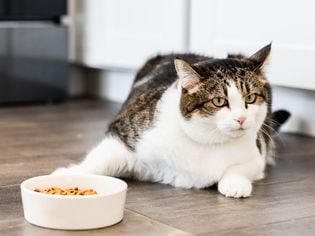
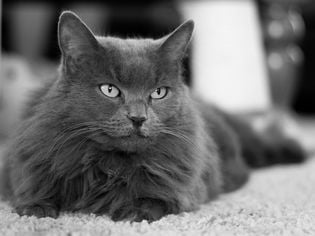
Comments on " Best Diabetic Cat Foods and Tips on Feeding" :